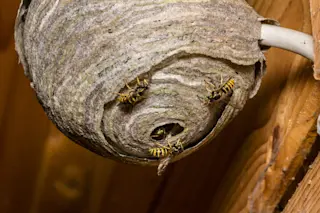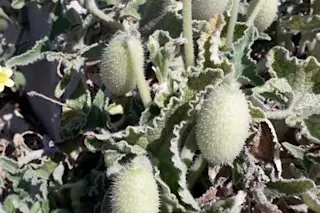All clones are not alike.
What's the News: Foresters have long noticed that trees with the exact same genes, when raised in separate nurseries, have very different responses to drought. While one shoots up through lean times, the other droops. Why the divergence? Scientists have now found that twin trees raised separately are, just like human twins
, expressing different genes. In other words, nurture is affecting nature. What's the Context:
Commercially grown trees are often genetically identical: they are clones of some long-ago tree that had just the right traits for sandy soil or the shiniest apple. Some clone lines are quite old--that young maple on your street could be the genetic twin of a tree that lived in the 1850s.
While clones have the same genes as each other, whether those genes are expressed the same way is a function of epigenetics. The addition of methyl tags to ...













